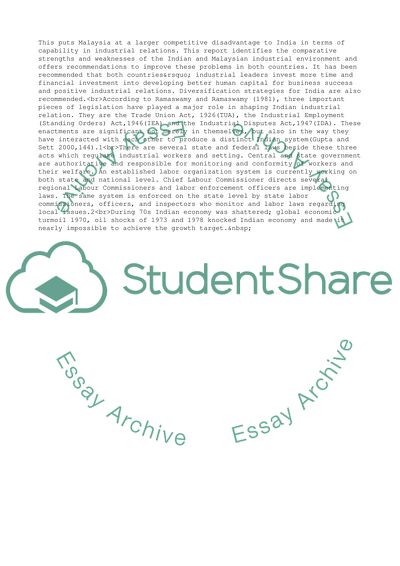Cite this document
(Impact of Globalization on Industrial Relation (India and Malaysia) Assignment, n.d.)
Impact of Globalization on Industrial Relation (India and Malaysia) Assignment. Retrieved from https://studentshare.org/business/1727957-industrail-relations
Impact of Globalization on Industrial Relation (India and Malaysia) Assignment. Retrieved from https://studentshare.org/business/1727957-industrail-relations
(Impact of Globalization on Industrial Relation (India and Malaysia) Assignment)
Impact of Globalization on Industrial Relation (India and Malaysia) Assignment. https://studentshare.org/business/1727957-industrail-relations.
Impact of Globalization on Industrial Relation (India and Malaysia) Assignment. https://studentshare.org/business/1727957-industrail-relations.
“Impact of Globalization on Industrial Relation (India and Malaysia) Assignment”, n.d. https://studentshare.org/business/1727957-industrail-relations.


